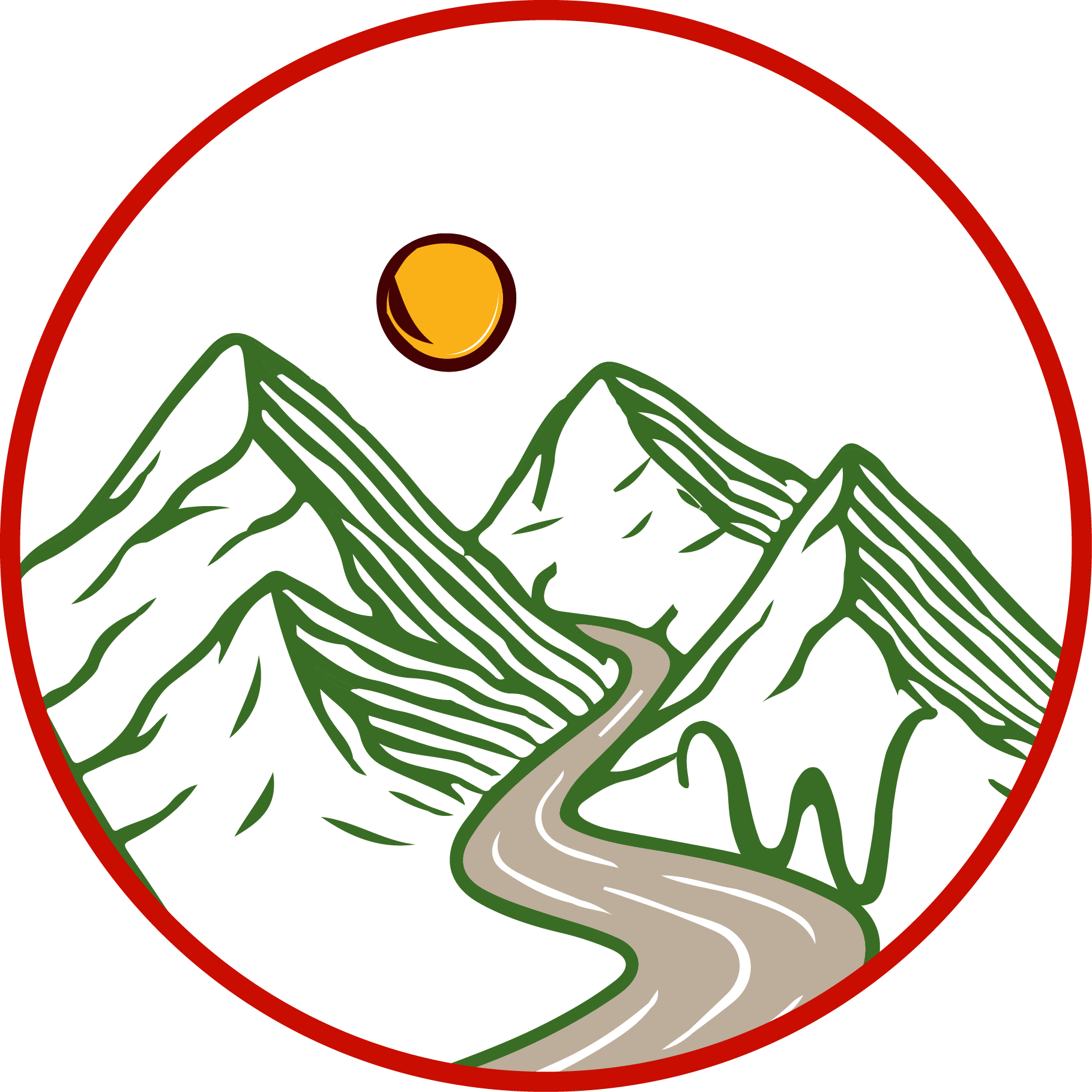Waywords Book Reviews
Quick Takes on My Reading SteveAtWaywords on Storygraph Steve Chisnell on GoodreadsEver since I retired from the public school classroom, I have voraciously been consuming titles new and those I regretted missing. And in keeping with my goals, I want to find the value of the widest range of reading. Here are many, rating them based upon their own purpose or ambition.
“The critic has to educate the public; the artist has to educate the critic.”
–Oscar Wilde
Quoted in Oscar Wilde, Art and Morality: A Defence of “The Picture of Dorian Gray” by Stuart Mason (ed.) (1908)
“Poetry, Language, Thought” by Martin Heidegger
Heidegger’s collection of essays can befuddle without considering them in their entire; but when we do, the consequences we bear for it are humbling.
“The Feel Trio” by Fred Moten
Moten’s work is challenging, especially on the printed page. How much time do we spend in struggling for meaning and how much in appreciating its spontaneous movements?
“Kindred” by Octavia Butler
The nuances of power and submission, of resistance and allyship, and that which binds master and slave.
“Saving the Appearances: A Study in Idolatry” by Owen Barfield
Barfield’s expansive embrace of art, philosophy, history, and linguistics as a way to understanding phenomenology is satisfying, that its ultimate conclusions lead to Christian foundations is something else entirely.
“Tribe” by Sebastian Junger
Junger’s 100-page exploration of tribal history through anecdotes is far too brief to support his conclusions, but the ideas are nonetheless provocative and serious enough to warrant more exploration.
“Blankets” by Craig Thompson
Blankets walks the difficult line between explicitness and YA sensibility as it explores religion and sexuality; mostly, it succeeds.
“Stairway to the Sun” and “Dance of the Comet” by Paul Scheerbart
Not a fair introduction to Scheerbart’s thought since so little might be revealed through childlike fable; but as children’s fantasy, the first four of five tales are harmless and enjoyable.
“The Dutch House” by Ann Patchett
A comfort read; rest assured that nothing of import will really happen, though the characters and the house are interesting enough as set dressing.
The Michel Henry Reader
A decent introduction to the Christian-framed phenomenology of Henry, if an elliptical and obtuse reading.
“The WindupGirl” by Paolo Bacigalupi
Bacigalupi’s novel is a powerful portrayal of dark environmental politics post climate change; expect no happy endings.
“Despite It All We Never Learn” by Kenny Karpov
Difficult reading for those who have closed their eyes to the realities of the immigration crisis, the industries of blackmail, servitude, torture, and death which have grown up around it. But this book is witness.
“The Masks of God, Vol 1 – Primitive Mythology” by Joseph Campbell
From method, to older data, to ideology, there are many reasons Campbell’s scholarship cannot pass close scrutiny, but read this for his thinking, how he assembles clues, for the broad sweeps of early human history and how we begin our dances to the gods.
“The Gray Cloth” by Paul Scheerbart
An interesting and brief fantasy on color, light, and design. Even so, as mildly entertaining as it is, it is not elucidating enough of Sheerbart’s philosophy or rich enough to stand as satire or satisfying story.
“The Satanic Verses” by Salman Rushdie
A novel that moves so quickly through its magical realism world of symbols and provocative imagery that it is difficult to find room for a breath, let alone digest it all.
“The God of Small Things” by Arundhati Roy
Unique, beautiful, tragic, and real. Read it.
“Thou Art That” by Joseph Campbell
Campbell’s collection of previously unpublished essays returns us to one of his favorite topics, the deadening of mythology and religion by anchoring it in the literal readings.
“A Village Life” by Louise Gluck
At once pastoral and post-pastoral, Gluck’s nostalgic look to simple life is not quite nostalgic, exactly . . .
“Oh William!” by Elizabeth Strout
What is the draw by reading something which is quite simply as dull (or more dull) as our real lives?
“The Life-Changing Magic of Tidying Up” by Marie Kondo
Kondo’s unreflective self-help book may treat some symptoms of wealth-heavy consumers, but hardly acknowledges what caused it, or the privileged niche in which it exists.
“Ship Breaker” by Paolo Bacigalupi
This YA novel set in Bacigalupi’s too-believable post-apocalyptic environmental future teaches us that a compelling world alone cannot sustain a book.
“Midnight’s Children” by Salman Rushdie
Rushdie’s elliptical storytelling mesmerizes, leading readers like snakes through India’s history.
“Hadha Baladuna” by Ghassan Zeineddine
Unpretentious and personal essays from a wide variety of Muslim immigrants to Dearborn, Michigan, their experiences and lessons in discovering the United States and the Arab generations who came before them.
“Internet Intervention” by Greg Ulmer
Ulmer’s manifesto/workbook is early on in the internet’s lifetime, but his predictions about its effects are dead-eyed accurate, and our dynamic mastery in responding to its cognitive agendas are essential.
“Healing Through the Dark Emotions” by Miriam Greenspan
A formula-written self-help book with little empirical evidence, Greenspan nonetheless offers some valuable insight into national/cultural-level trauma in the final two chapters.
























